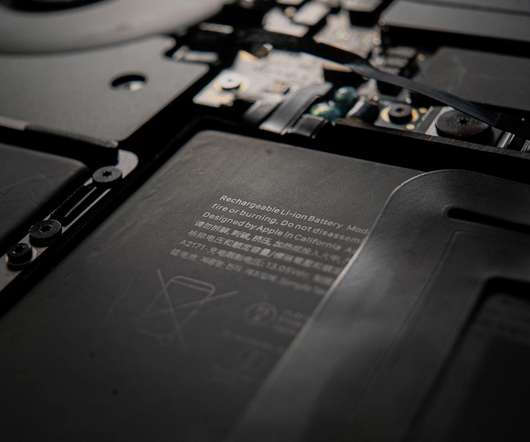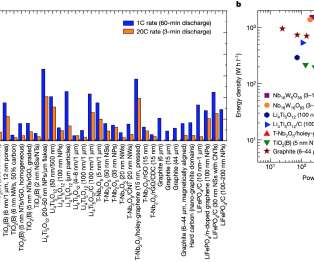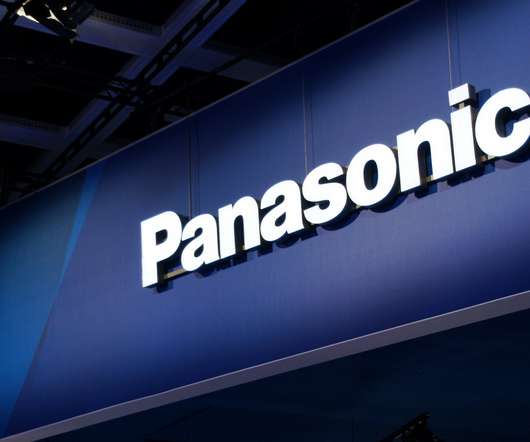Ningbo researchers propose mixed-ion Li/Na batteries
Green Car Congress
JUNE 12, 2013
Schematics of Li + /Na + mixed-ion battery. During charging (or discharging), the storage (or release) of Li + takes place at anode, and the release (or storage) of Na + occurs at cathode. However, a number of issues remain before SIBs could become commercially competitive with Li-ion batteries (LIBs).
































Let's personalize your content